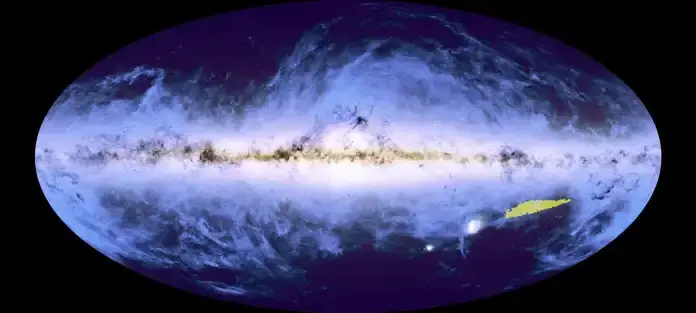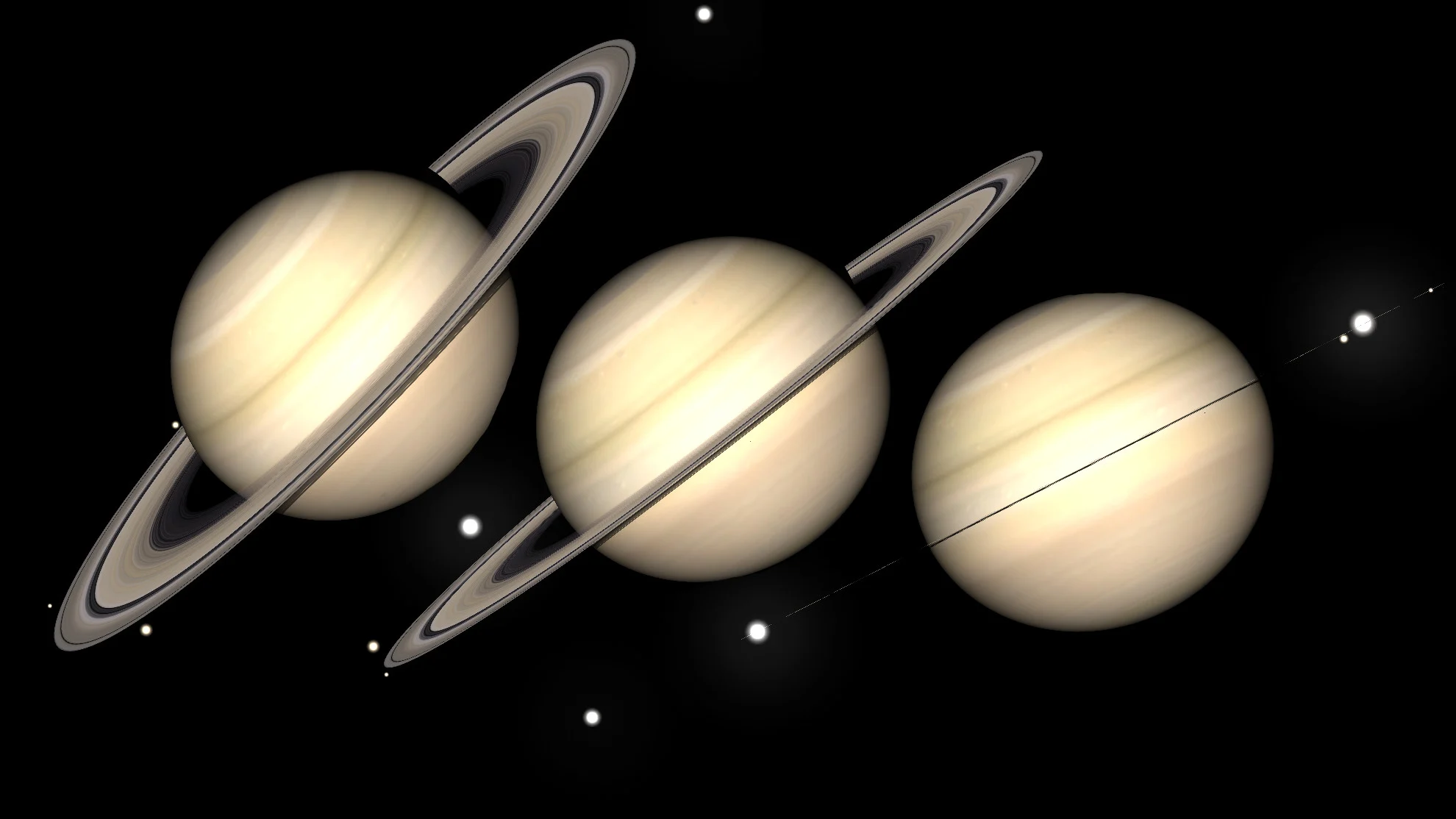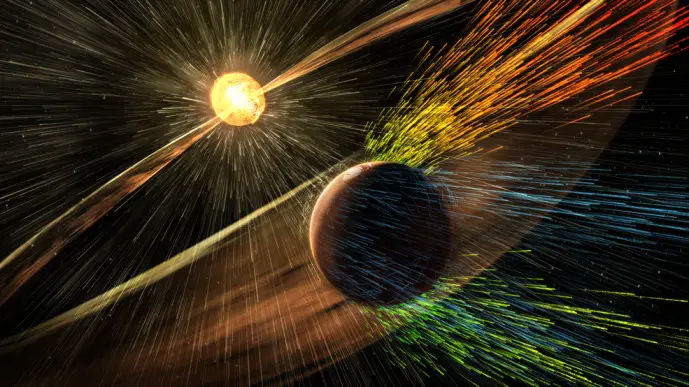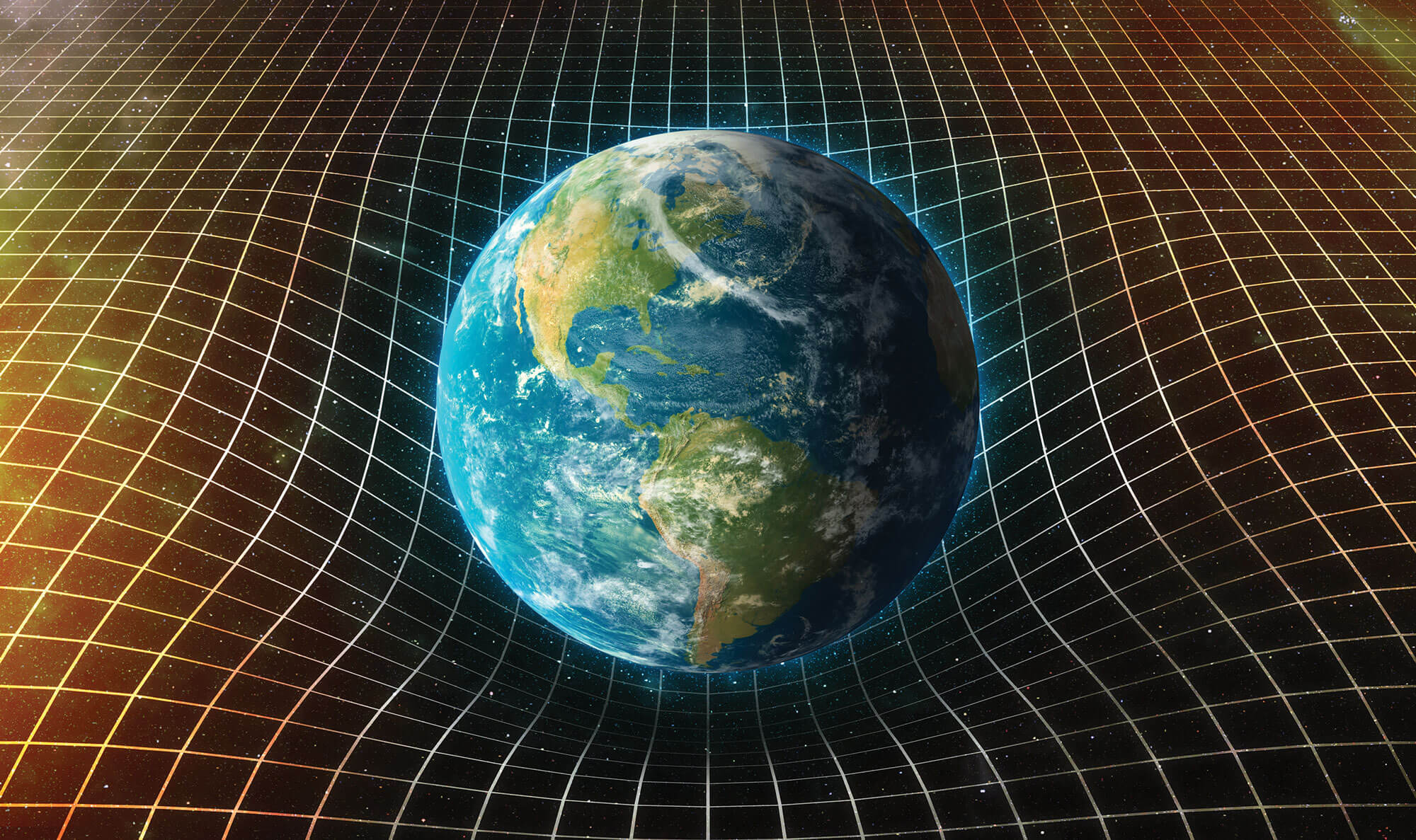Key Takeaways:
- The Euclid telescope has revealed the first part of the largest-ever 3D map of the universe, featuring 14 million galaxies.
- The 208-gigapixel image captures a mere fraction of the sky and is just 1% of the planned map.
- Euclid will eventually catalog over a billion galaxies, some up to 10 billion years old.
- The project aims to reveal insights into dark matter and dark energy, which make up around 95% of the universe.
- The mission’s first cosmology data is expected to be released by 2026, with additional previews in 2025.
_______________
Euclid’s early 3D map spans 132 square degrees—500 times the area of the full moon.
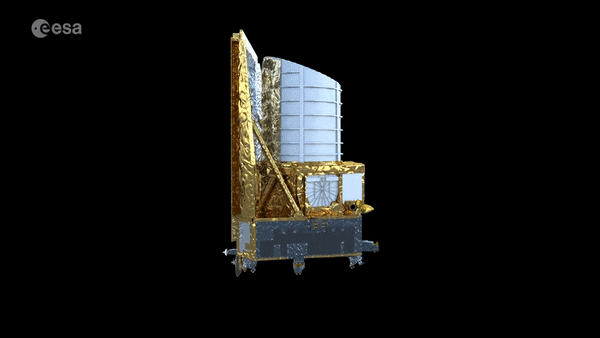
Euclid Telescope Begins Creating Largest-Ever 3D Map of the Universe
The European Space Agency (ESA) recently unveiled a stunning first section of what will become the largest 3D map of the universe, captured by its Euclid space telescope. Launched on July 1, 2023, Euclid is equipped to survey a vast portion of the cosmos, focusing on two of the universe’s most enigmatic elements: dark matter and dark energy. This initial image contains a mosaic of 208 gigapixels, showcasing approximately 14 million galaxies. Although it represents just 1% of the ultimate map, it already provides a breathtaking glimpse into the project’s scale and potential for discovery.
Mapping the Cosmos One Gigapixel at a Time
Euclid’s primary mission is to chart one-third of the night sky, capturing images of over a billion galaxies, some dating back nearly 10 billion years. This ambitious project will ultimately span 132 square degrees of the southern sky, a region equivalent to 500 times the area covered by the full moon. The telescope’s first collection of observations took place between March and April 2024, gathering data from 260 targeted areas to create a cosmic mosaic. According to Valeria Pettorino, a Euclid project scientist, these initial findings contain a multitude of sources that will help scientists better understand the structure and evolution of the universe.
By the time Euclid completes its mission, it will have built a comprehensive 3D map of galaxies and other cosmic structures, revealing how dark matter shapes visible matter across vast stretches of space. Through gravitational warping, dark matter indirectly influences how galaxies and other objects are distributed. In turn, scientists hope to unravel the mysteries of dark energy, which appears to be responsible for the accelerating expansion of the universe.

The Road Ahead: Unveiling Dark Matter and Dark Energy
One of Euclid’s main goals is to deepen our understanding of dark matter and dark energy, which together account for an estimated 95% of the universe’s total composition. Although dark matter cannot be observed directly, its gravitational pull impacts the movement of galaxies and other cosmic structures. Dark energy, on the other hand, is thought to be responsible for the universe’s rapid expansion. By creating a detailed 3D map, Euclid will help researchers understand how these forces have shaped cosmic history and continue to influence the universe today.
As of now, Euclid has completed roughly 12% of its six-year mission. Further updates, including a preview of Euclid’s “Deep Field” sections, are scheduled for March 2025. The ESA also plans to release the mission’s first year of cosmology data in 2026, bringing scientists closer to answering questions about the fundamental structure and fate of the universe. The Euclid telescope promises to deliver a wealth of information that may shift our understanding of space and open new doors to exploration.
